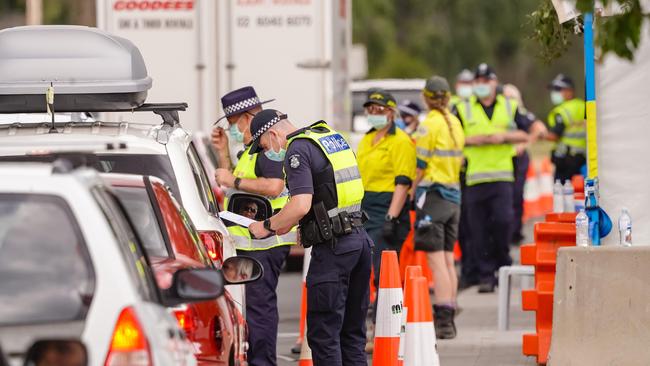Westpac consumer confidence index retreats from December highs
Border closures and booming COVID numbers overseas have dragged Australian consumer confidence from its 10-year-high.

Border closures in response to local outbreaks and booming COVID numbers overseas have dragged Australian consumer confidence from its 10-year-high.
The Westpac Consumer Confidence Index showed the retreat from its December high, falling 4.5 per cent in January.
This comes after several state borders snapped shut in the dying days of 2020 in response to a surge of COVID-19 cases in Sydney’s northe and west which spread south of the Murray to Victoria.
The December consumer confidence surge came as sentiment roared out of the depths it plunged to in April 2020 as national pandemic lockdowns tanked the Australian economy.
Despite the recent slip in consumer sentiment, the Westpac survey still rates it at near record highs after years in the doldrums.
Almost all parts of the index fell, driven most by expectations of economic conditions in the next 12 months.
Westpac Chief Economist Bill Evans said a pull back in the index was always coming but “optimists clearly outnumber pessimists”.
“Since the last survey in the second week of December we have seen domestic border closures; the emergence of COVID clusters in some states; and the sharp upswing in COVID cases overseas, notably the US and the UK,” he noted.
“This result compares to the 15 per cent fall that was registered over July and August last year as the nation was shocked by Victoria’s severe second wave and associated hard lockdown.”
Respondents to the consumer confidence survey significantly dialled back their views on the economic outlook 12 months ahead, falling by 8.3 per cent.
This was mirrored in the five-year outlook which also fell 4.5 per cent.
Among other gloomy signals, the Westpac Melbourne Institute unemployment expectations index increased by 11.9 per cent. A rise in the index reflects weaker sentiment around the labour market.
However, this places the index still below its level last November and near its lowest level in 10 years.
The “time to buy a dwelling” index was largely flat, although it is still sitting at an elevated level, up 4.8 per cent on what it was a year ago.
This reflects the numbers of people who believe now may be the right time to buy a property and reflects the buoyant housing market gripping Australia’s cities and suburbs.
A recent paper from the Reserve Bank of Australia indicated it expected the cuts to interest rates would put a rocket under house prices.




To join the conversation, please log in. Don't have an account? Register
Join the conversation, you are commenting as Logout